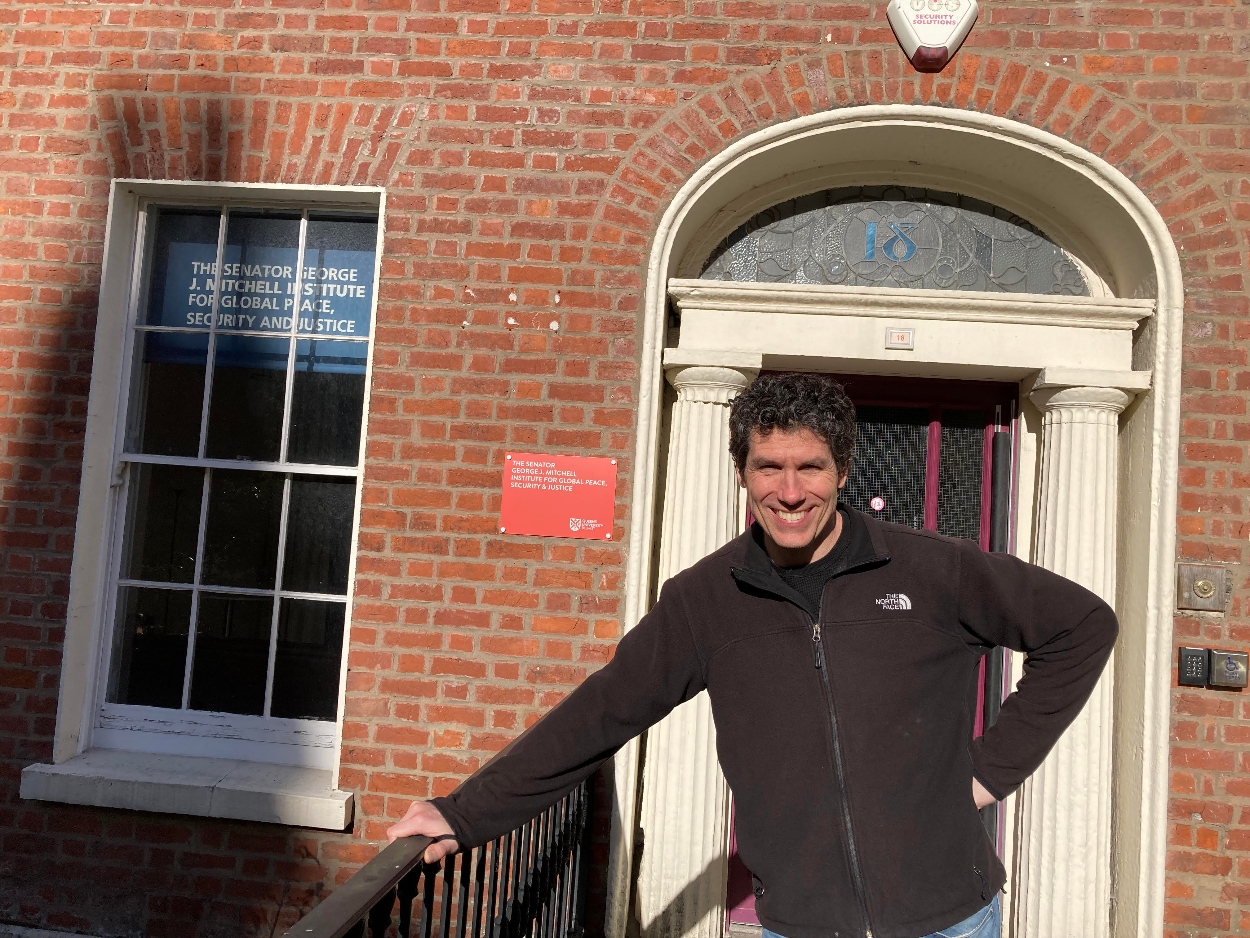Mass Mortality Events of Species on the Rise, USD Researcher Finds
Thousands of starfish in North America perish rapidly. Two million barn swallows are lost during an extreme weather event. And 410,000 gazelles die from multiple causes.
Mass mortality events – the rapid death of large numbers of a species – appear to be on the rise, according to a new study by researchers from the University of San Diego, Yale University, and UC-Berkeley published this week in the Proceedings of the National Academy of Sciences, USA.
“The increase in mass mortality events (MMEs) appears to be associated with a rise in starvation, disease, biotoxicity and events produced by multiple interacting stressors,” said Adam Siepielski, University of San Diego assistant professor of biology and the study’s co-lead author.
The analysis of 727 published MMEs from across the globe, affecting 2407 animal populations, found that the magnitude of such events since 1940 has been intensifying for birds, fishes and marine invertebrates, decreasing for reptiles and amphibians and staying the same for mammals. The most severe events were those with multiple causes, the paper shows.
Although mass mortality events are often a natural event “the most alarming and interesting result was the sheer magnitude of some of these mortality events,” Siepielski said. “Billions of individuals dying are just huge numbers to comprehend. The study provides yet another example of the challenges to life that organisms are confronted with on a planet increasingly dominated by the influence of humans in the environment.”
“This is the first attempt to quantify patterns in the frequency, magnitude and cause of such mass kill events,” said study senior author Stephanie Carlson, associate professor at the University of California, Berkeley’s Department of Environmental Science, Policy and Management.
“The initial patterns are a bit surprising, in terms of the documented changes to frequencies of occurrences, magnitudes of each event, and the causes of mass mortality,” said study co-lead author Samuel Fey, a postdoctoral fellow in the Ecology and Evolutionary Biology Department at Yale. “Yet, these data show that we have a lot of room to improve how we document and study these types of rare events.”
Siepielski’s interest in the subject began after hearing a report about an MME on National Public Radio. Surprisingly, he found that little research has actually been done on the subject. As an aquatic ecologist, he had also observed such die-offs in his studies of lake and pond communities in California during the ongoing drought.
He and his colleagues from Yale and UC-Berkeley then found that the number of MMEs has been increasing by about one event per year over the 70 years the study covered.
“While this might not seem like much, one additional mass mortality event per year over 70 years translates into a considerable increase in the number of these events being reported each year. Going from one event to 70 each year is a substantial increase, especially given the increased magnitudes of MME’s for some of these organisms,”he noted.
That said, it is “important to recognize that this increase may also reflect an increase in detectability, reporting and awareness of such events,” he added. “Determining whether this perceived increase is a real phenomenon or due simply to increased awareness will be an important challenge going forward.”
In particular, he and his colleagues found that when a mass mortality event occurs, it can sometimes remove a very substantial proportion of the population - up to 100% of the population, in fact. Likewise, some populations of organisms are already at very small population sizes from other threats.
As a result, the population size may not build back up to the point where it can exhibit a large mass mortality event again. “This possibility might explain why some species show an increase and then decrease in the magnitude of MMEs over time," Siepielski said.
Going forward, the study suggests improvements in data collection in ways to enhance the understanding of MMEs and how they relate to the disruptions of specific ecosystems.
“This study should improve our understanding of the continuum of mortality patterns and processes that exist between background mortality levels and species-level extinctions,” Fey said.
With climactic events and the severity of extreme weather events such as drought, heat waves and heavy precipitation expected to increase due to climate change, “it is especially important to establish a framework to understand and gauge future MMEs,” Siepielski concluded.
Funding from the Environmental Protection Agency and the National Science Foundation helped support this research.
CONTACTS:
Adam Siepielski, adamsiepielski@sandiego,edu, 619-260-7711
Samuel Fey, samuel.fey@yale.edu, 860-573-8838
Stephanie Carlson, smcarlson@berkeley.edu, (510) 643-9704
About the University of San Diego
Strengthened by the Catholic intellectual tradition, we confront humanity’s challenges by fostering peace, working for justice and leading with love. With more than 8,000 students from 75 countries and 44 states, USD is the youngest independent institution on the U.S. News & World Report list of top 100 universities in the United States. USD’s eight academic divisions include the College of Arts and Sciences, the Knauss School of Business, the Shiley-Marcos School of Engineering, the School of Law, the School of Leadership and Education Sciences, the Hahn School of Nursing and Health Science, the Joan B. Kroc School of Peace Studies, and the Division of Professional and Continuing Education. In 2021, USD was named a “Laudato Si’ University” by the Vatican with a seven-year commitment to address humanity’s urgent challenges by working together to take care of our common home.
Contact:
Denise Ward
wardd@sandiego.edu
(619) 260-4659



